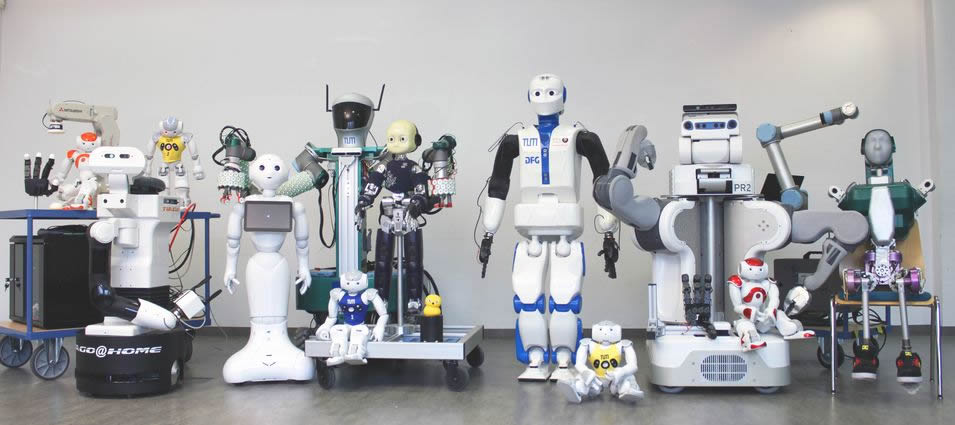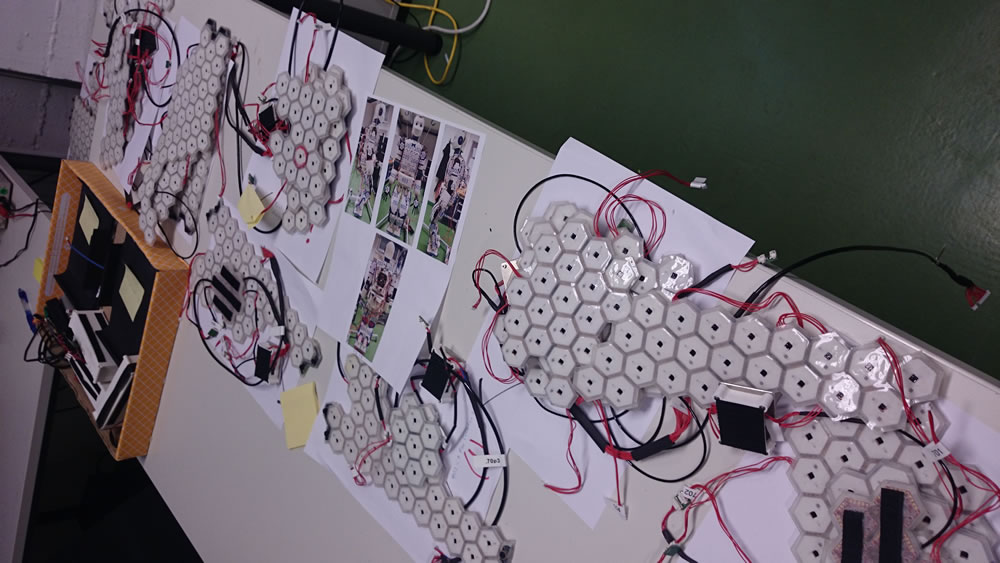
Taisuke KOBAYASHI
Assistant ProfessorNara Institute of Science and Technology
Interview : Sep. 6, 2018
Flexibility and Versatility are the Appeals of Robotics Research
He says the latitude he is allowed in robotics research fascinates him.
In many other disciplines, a host of researchers compete for one definite goal of, say, elucidating a certain phenomenon or demonstrating a difficult theorem. Robotics research, on the other hand, has extremely diverse goals and a vast range of flexible applications in the real world.
His father is a university professor in mathematics, and he came to think he might also have an aptitude for being a professional researcher when he was in junior high school. "Being told what to do does not suit me. I had an impression that researchers study what interests them at their own discretion. I preferred that way."
He says the appeal of research is that there is no definite answer. When he was in senior high school, he had a chance to organize and carry out an experiment in science class; he came to realize the pleasure of research then. "We perform our experiments and research systematically to test a given hypothesis. Sometimes, we may come up with an unexpected result, but interpretation of that result may lead to a fresh discovery. No one knows the correct answer yet. That is what attracts me."

Aiming for the Softness of Doraemon
He is interested in soft, teddy bear-like robots, like Doraemon (a robot that appears in a popular Japanese anime), that behave like humans.
Currently, the mainstream robots have a hard body and hard joints. They have been precisely controlled like a rigid human; these robots are made this way to enhance the accuracy of their movements.
 On the other hand, soft robots are expected to move in close contact with humans; when pushed or touched by humans, the soft robots step back or support them accordingly. Their soft movements, however, make it difficult to control their positions.
On the other hand, soft robots are expected to move in close contact with humans; when pushed or touched by humans, the soft robots step back or support them accordingly. Their soft movements, however, make it difficult to control their positions.
"It may still be difficult to create Doraemon in 20 years. Research in soft robotics is full of unexplored research themes, and is the future of robotics research."
He also thinks that he will be able to deepen his understanding of humans themselves if the robots he creates can reproduce human behavior.
A Robot Performing a Social Dance with a Human Partner
 He is now studying at the Technical University of Munich in Germany. The laboratory he belongs to specializes in tactile senses of robots. Combining their accumulated expertise with his fruits of research in biped robots, they intend to create a robot that can perform a social dance.
He is now studying at the Technical University of Munich in Germany. The laboratory he belongs to specializes in tactile senses of robots. Combining their accumulated expertise with his fruits of research in biped robots, they intend to create a robot that can perform a social dance.
"We aim to create a robot that can dance hand in hand with a human partner. It will make quite a brilliant figure, won't it?"
A social dancing robot must be able to sense the push of its partner and react with the right amount of force accordingly, all while executing steps without obstructing the partner’s movement. "We have embarked on the simulation phase. We will carry on with experiments using a real robot, solving problems one by one."
The advent of soft robots that can move flexibly in coordination with humans also has practical applications in situations such as nursing care.
 Home
Home